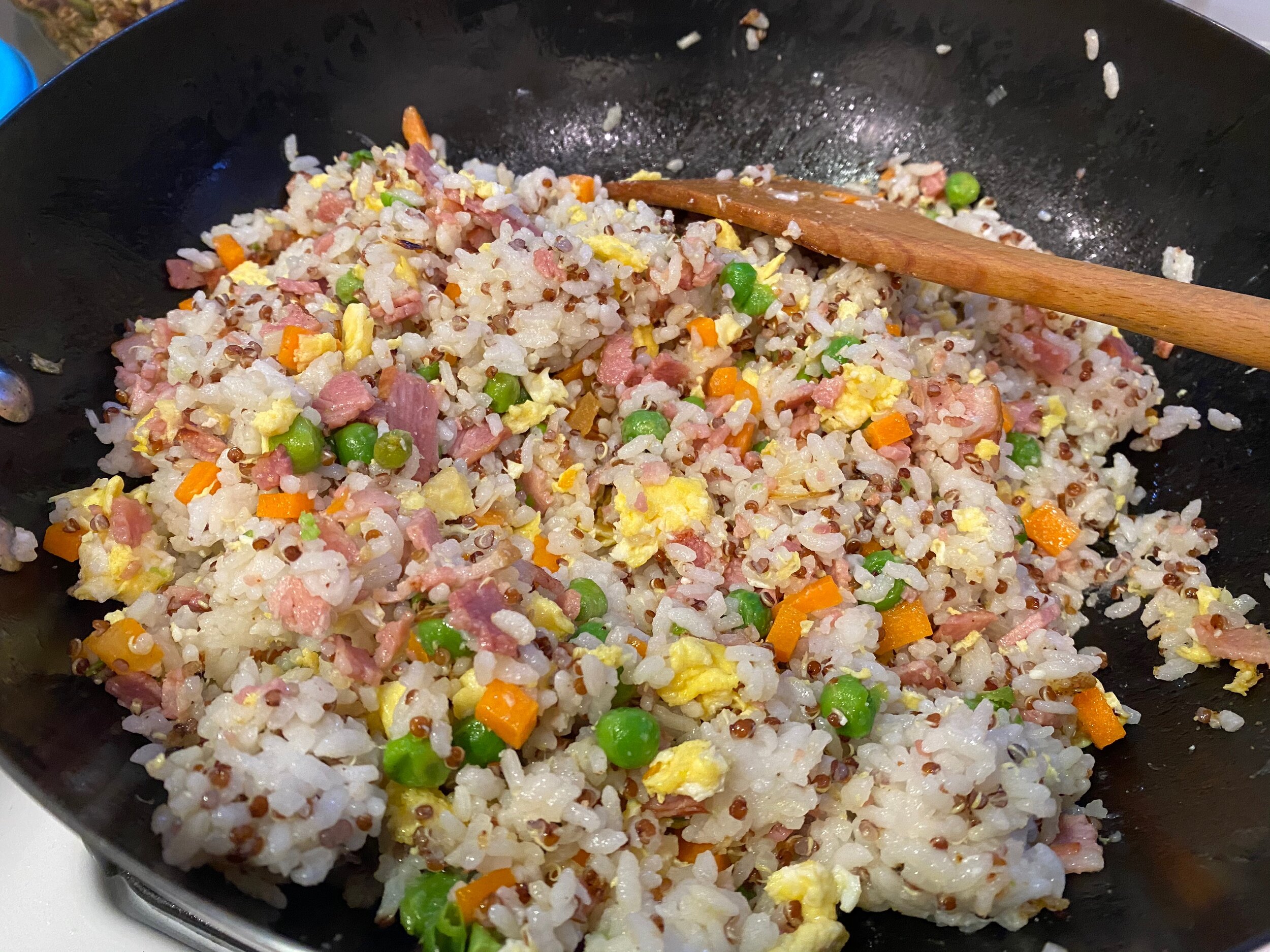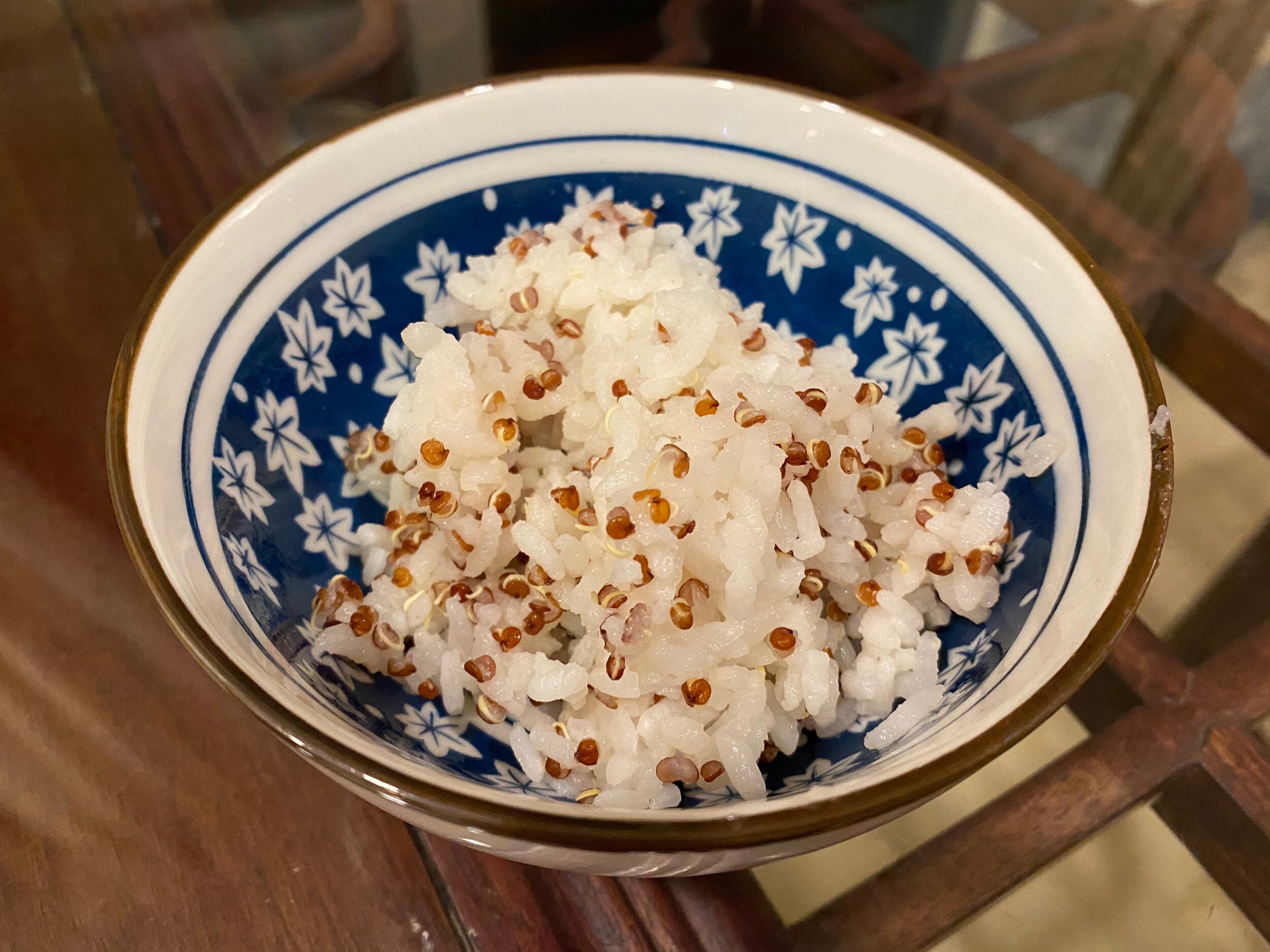In a rather uncanny coincidence, just as I was sitting down to write about Martin Luther King Jr. and the Black Lives Matter protests, my friend Melanie asked me if I wanted to attend a soul food cooking class in Beijing taught by an American woman named Olivia. I jumped at the chance — I’ve heard a lot about Olivia and her cooking. Last Thursday, a dozen of expat spouses — from the United States, Jamaica, Bolivia, Italy, Australia, and Africa — filled a cooking studio and learned the secrets of fried chicken, biscuits, and mac and cheese. The fried chicken and biscuits were my favorites — and absolutely delectable served with a honey, butter, lemon sauce. There’s no translation for “soul food” in China quite yet, but I’m confident that we’ll be able to come up with some way to describe this delicious food in Chinese. Stay tuned for Olivia’s biscuit recipe later this week …
5 chicken thighs
2 cloves garlic
1 tbs paprika
1 tbs onion powder
1 tbs garlic powder
1 tsp salt
1 tsp black pepper
1 1/2 cups all purpose flour
3/4 cup buttermilk (or 3/4 cup milk and 1/8 cup white vinegar)
1/2 tsp cayenne pepper
Vegetable oil for frying
1/3 cup honey
4 tbs butter
1 lemon, juiced
Chop the chicken thighs into 2-inch pieces. Make sure they are not more than 1/2 an inch thick. Season the chicken with half of the quantity of each of the seasonings: garlic, onion powder, garlic powder, salt, pepper, cayenne pepper.
Add the buttermilk to the chicken and toss. Set aside in the fridge to marinate for 2-4 hours, or overnight.
Just before you are ready to begin frying, in a medium bowl mix flour with the remaining half of the seasonings (garlic, onion powder, garlic powder, salt, pepper, cayenne pepper).
In a small bowl, mix together honey, lemon juice, and butter.
Fill a large pot halfway up with vegetable oil and place over high heat. When the heat reaches 350 degrees Fahrenheit, dredge each piece of chicken in the flour and add place gently into the oil with tongs (or chopsticks). Fry in batches for 6-7 minutes, then drain on a wire rack before serving with honey, butter, and lemon sauce.










